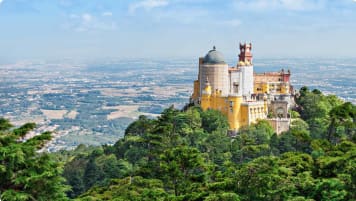Istanbul, Imperial City: The Definitive Guide
Istanbul, Imperial City | Small Group History Tours Turkey For more than a thousand years, Constantinople stood as the capital of the Byzantine Empire, surviving numerous attacks and internal rebellions, until the cannons of the…
15 Apr 24 · 14 mins read
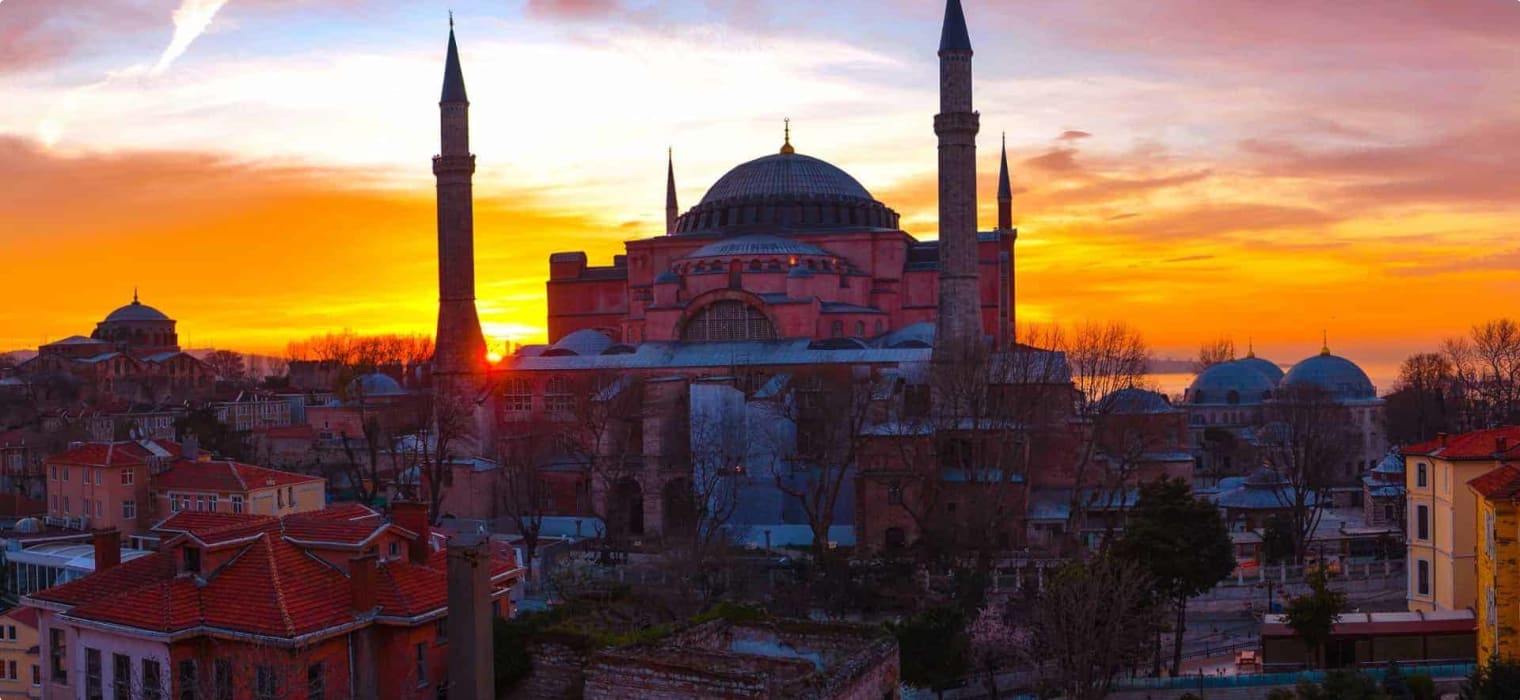
Istanbul, Imperial City | Small Group History Tours Turkey
For more than a thousand years, Constantinople stood as the capital of the Byzantine Empire, surviving numerous attacks and internal rebellions, until the cannons of the Ottoman Empire breached its walls. Constantinople, the bastion of Christianity, was renamed Istanbul, “the city of Islam”. It became the starting point of the Ottoman’s assault on the West, only to be thwarted by Vienna in 1683.
In this article, we will take a look at the Ottoman Empire’s greatest victory (Istanbul) and its greatest defeat (Vienna) more than two centuries later, marking the beginning of the end of their domination in eastern Europe.
This article will trace the origins of the Ottoman Empire and follow its expansion up to Sultan Selim I’s territorial acquisitions in the Arab world. Stone’s Turkey is a relevant resource, and you can also read our previous articles about the Ottoman Empire:
If you’re eager to visit Turkey, you may also be interested in some of our lists:
- Ten Unimaginable Destinations (including the underground city of Derinkuyu)
- Ten Books for Travellers to Turkey
- Ideas for Visiting Turkey
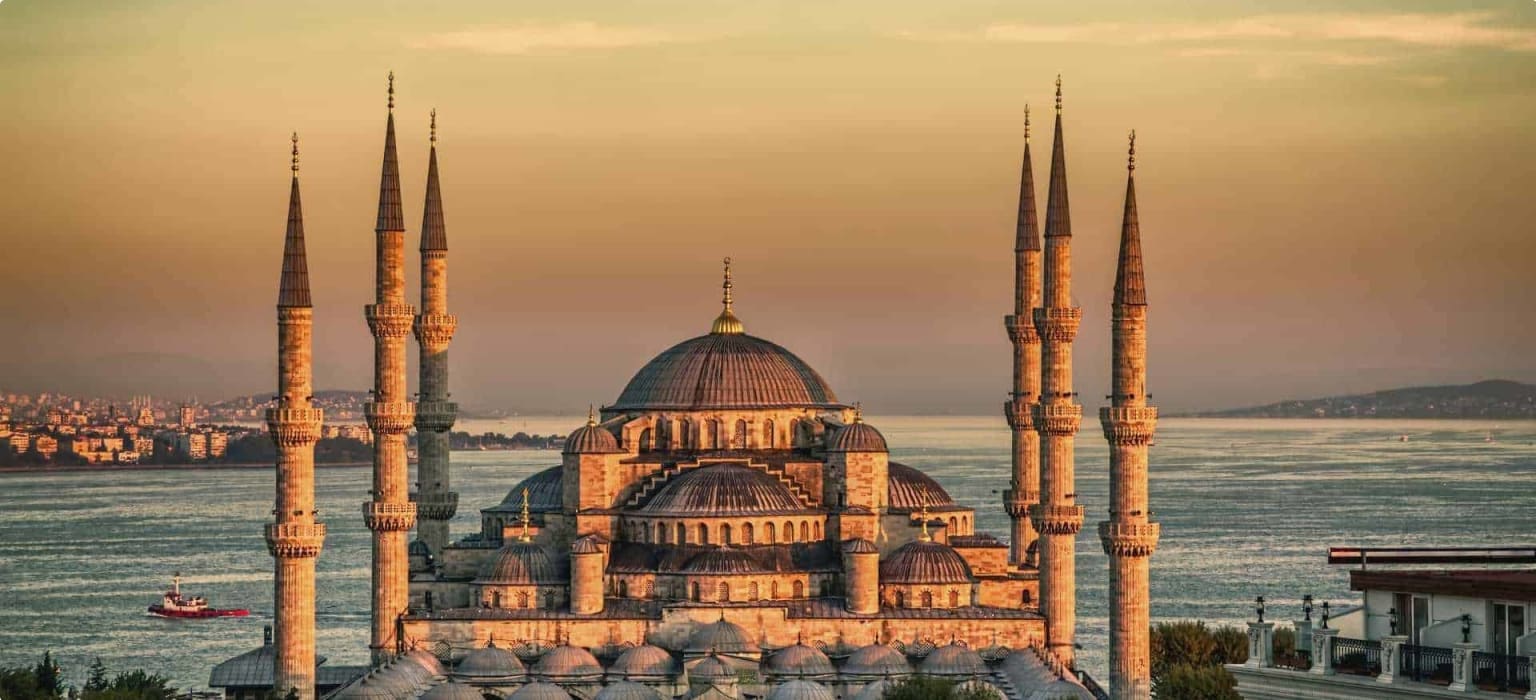
Ottoman Expansion
The term “Ottoman” was derived from the Arabic name–“Uthmān”–of Osman I, the Turkish chief who founded the dynasty and empire around the 1300s.

The first part of the six centuries of Ottoman domination was marked by the acquisition of territories and Christian subjects, spreading outwards from northwest Anatolia to the rest of Europe. This included the taking of a number of Byzantine cities in the fourteenth century, including Bursa in 1326, one hundred miles south of Constantinople, which became the capital of the fledging Ottoman state, as well as Adrianople in 1362, the empire’s second capital city, located 150 miles north-west of Constantinople. With the weakened Byzantine Empire beset with civil wars, doctrinal controversy, and invasions, Justin Marozzi in Islamic Empires (2019) writes that its metropolis Constantinople “was starting to resemble a beleaguered Christian island in an expanding Muslim sea” (p.240).
The capital of the Roman Empire’s Eastern arm, however, was initially bypassed in the 14th century because its thick walls – a triple row of fortifications built in the 5th century under Theodosius I I–were too strong to be breached by the Ottoman army. Under Sultan Bayazid, a decade-long Ottoman siege of the city from 1394 to 1402 failed. Then again in 1422, a full-scale siege led by the new Ottoman Sultan Murad II was also a failure.

Nevertheless, in a striking recognition of the shifting balance of power, the elderly Emperor Manuel came to terms with Murad in 1424, negotiating a settlement under which Constantinople was reduced again to tributary status and an annual payment of 300,000 silver coins, according to the Byzantine historian Doukas. When the last Byzantine emperor Constantine XI Palaiologos took reign in 1449, his state was a virtually bankrupt vassal of the Ottomans, hamstrung by a perennially feuding family, his capital wracked by religious division. The city that had boasted a population of around 1 million in the twelfth century had declined to around 100,000.
The Janissary
For the capture and patrol of the new Ottoman territories, the empire relied on an army of foot soldiers and Turkish noblemen with flimsy allegiances to the Sultan. To counteract the rising power of the Turkish aristocracy and the empire’s Christian subjects, Murad formed his own private army, the Janissary (“New Force”), through the devşirme (“gathering“) system.
Under the devşirme system, conquered Christian communities, especially in the Balkans, had to surrender twenty percent of their male youths to the state as a form of tax or tribute. These Christian youths were then forcefully converted to Islam and drafted to the Sultan’s service.

According to Bettany Hughes in A Tale of Three Cities: Istanbul (Weidenfeld & Nicolson, 2017), the young men were chosen “for their strength and biddability” (p. 470). For many Ottoman subjects, devşirme was just a fact of life, but many also resisted: Hughes tells of villagers in the Caucasus raiding Istanbul to try to seize their boys back, while others mounted legal claims to prevent their children from being drafted (p. 470).
For those who didn’t resist (and who even volunteered, like the Bosnian Muslims [p. 470]), devşirme meant a relief from paying the jizyah, an annual tax levied on non-Muslim populations residing in the Ottoman states. Payment of the tax ensured non-Muslims protection of life and property, as well as the right to practice their religion. Military service earned an exemption from the jizyah.
The Janissaries were slaves, but they formed the “slave elite“. This was a paradoxical term, but historical records show the Janissaries’ status and training enabled a number of them to become powerful and wealthy. Some of them reached very high ranks in government, even that of Grand Vezier (equivalent to prime minister, second in rank only to the Sultan). The Janissaries played a key role in the capture of Constantinople.
Fall of Constantinople
In its thousand-year reign as Byzantine capital and before it fell to the Ottomans, Constantinople was only breached once. In April 1204, the armies of the Fourth Crusade, aided by 200 ships crewed by Venetian sailors, broke through the Theodosian walls and the city’s naval forces and successfully sacked and looted Constantinople. The Latin Empire of Constantinople lasted until 1261, when the city was recaptured by Michael VIII Palaeologus, the Greek emperor of Nicaea.
At this point, the Byzantine Empire had shrunk, and Constantinople was further weakened by the Black Plague which had killed nearly half its total inhabitants. The walls of Constantinople along with Byzantine catapults and the highly flammable “Greek Fire” managed to thwart the two Ottoman attacks in 1394 and 1422, but war technology would soon outpace the Byzantines.
In 1451, the 19-year-old Mehmed II (also spelled Mehmet) was named sultan, and he immediately began preparations to breach the walls of the Byzantine capital. Fortresses were built to control sea traffic on the Bosporus (Rumeli Hisari) and to block Greek rulers from sending help to the Byzantine emperor from either the Black Sea or the Mediterranean to the south. A punitive land expedition into the Peloponnese, meanwhile, ensured no assistance would be forthcoming from that quarter either. With a weak Constantinople, struggling with a depleted population, scant resources, and little hope of outside support, the Ottomans held the decisive balance of power.

Mehmed II also purchased the latest advancement in war technology at the time: super cannons. Marwan Kamel (2015) describes one of the biggest canons as measuring “over 27 feet [8.2 metres] in length and weighed enough that it reportedly had to be carried – disassembled – by a team of 60 oxen and an accompanying crew of up to 400 men. Its barrel was 30 inches [76.2 cm] in diameter and its bronze walls were 8 inches [20.32 cm] thick. It fired a massive marble ball that was designed to knock down fortifications with one shot.”
The cannon was designed by Hungarian inventor and engineer, Orban, who actually offered his services first to the Byzantines, but was turned away because they couldn’t afford him. The Ottomans could certainly afford him, and they got their money’s worth. Janissaries camped outside Rumeli Hissari tested the range of the cannons by firing on ships passing on the Bosporus (Hughes, 2017, p. 470). Delighted with the results, the sultan immediately ordered the construction of another, this time double the size. With a barrel length of around nine metres and an ability to fire cannonballs weighing more than half a tonne, it was the world’s first supergun. (Marozzi, 2019, p. 250).
Fully equipped, on 23 March Mehmed set off towards Constantinople at the head of a formidable army of infantry and cavalry. Numbering some 200,000, they comprehensively outstripped the pitiful defensive forces Emperor Constantine was able to muster – fewer than 5,000 Greeks and around 3,000 Genoese and Venetians.
Mehmed’s siege of Constantinople commenced with a relentless artillery bombardment, featuring around seventy cannons, including Orban’s behemoth. This sustained assault, targeting the city’s walls from April 12 to 18, marked the first recorded instance of prolonged artillery bombardment in history. Within days, Mehmed breached a section of the outer wall and several towers. On April 18th, he launched his first assault, advancing his Janissaries, but after four hours of intense combat, the Ottomans withdrew, facing difficulties in the tight space.
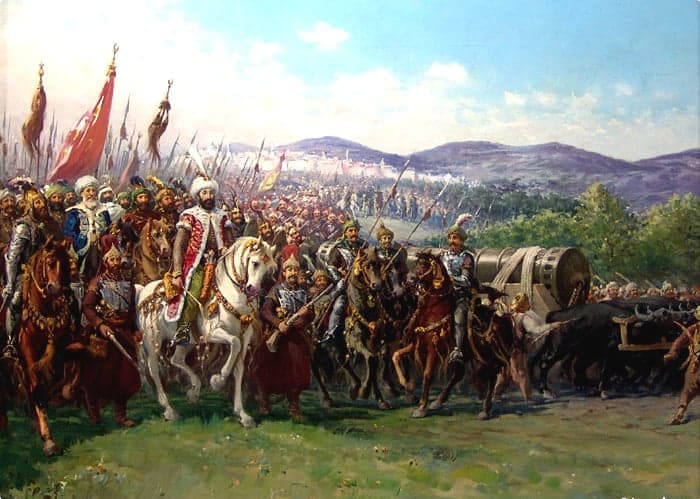
On April 20, three Genoese ships and a ship carrying grain sent by Alphonso of Aragon got through the Ottoman naval blockade, which strengthened the Byzantine defence. The Ottoman fleet was blocked by defensive chains on the Golden Horn (where the Bosporus met the Marmara Sea), and an angry Mehmed II ordered the construction of a road, dragging his ships overland directly into the Golden Horn to bypass the Byzantine barrier.
In late April and early May, Mehmed relentlessly bombarded specific sections of Constantinople’s walls. The Byzantines repeatedly repelled the attacks, until May 12th, when a breach was forced in the northern wall. Ottoman calvary surged into the city, but Constantine, alongside the Genoese captain Giovanni Giustiniani, rallied their troops and managed to starve off further advances.
Undeterred by setbacks, Mehmed employed various tactics, including subterranean warfare and siege towers, to undermine the city’s defences. Recognizing the need for swift action, he planned a final assault for May 29th, emphasizing coordinated attacks to exploit the defenders’ exhaustion.
At dawn on May 29th, the Ottomans launched a ferocious assault, leading to intense combat. Two critical events favoured the Ottomans: Janissaries breached a previously unnoticed gate, and Giustiniani’s injury caused panic among the defenders. As a result, the Janissaries were able to press forward. Somewhere amongst the chaos Constantine made his heroic last stand alongside his most faithful comrades before they were all killed. Finally, the Ottomans raised their flags triumphantly from the ramparts. After 53 days of siege warfare, they had taken the city.
From Constantinople to Istanbul
His success earned Mehmed II the epithet “The Conqueror”, and spelled the end of power and influence of the old Turkish aristocracy, which so worried Murad I; the Turkish leaders were executed or exiled, and their European properties seized. The fall of Constantinople also further proved to supporters the power of the Janissaries and the devşirme system.
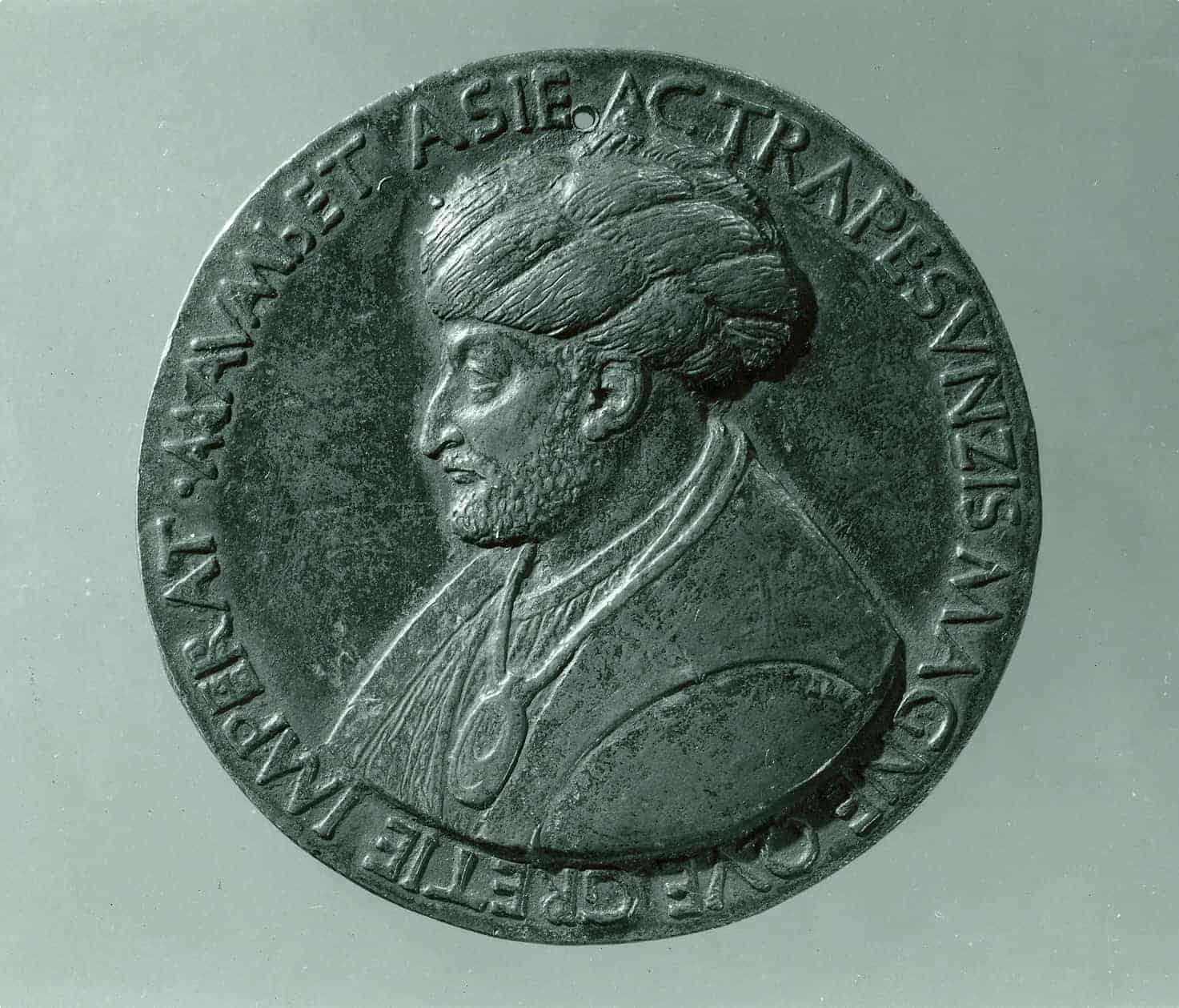
In 1457, Mehmed II officially moved the capital of the Ottoman Empire from Edirne (in modern-day Turkey) to Constantinople, which he renamed Istanbul, or “the city of Islam”. Hagia Sophia and other churches in the city were turned into mosques.
The young Sultan wanted to turn Istanbul into a thriving city and the empire’s political, economic, and social centre, which was difficult to do given that upon its capture it was almost deserted. He repopulated the capital by transferring populations from other Ottoman territories and offering tax concessions to attract merchants and artisans. His revitalisation plan proved successful: by 1480, Istanbul’s population had risen to 70,000.
In 1459, or six years after the fall of Constantinople, Mehmed II ordered the construction of Topkapi Palace on the promontory overlooking the Golden Horn.
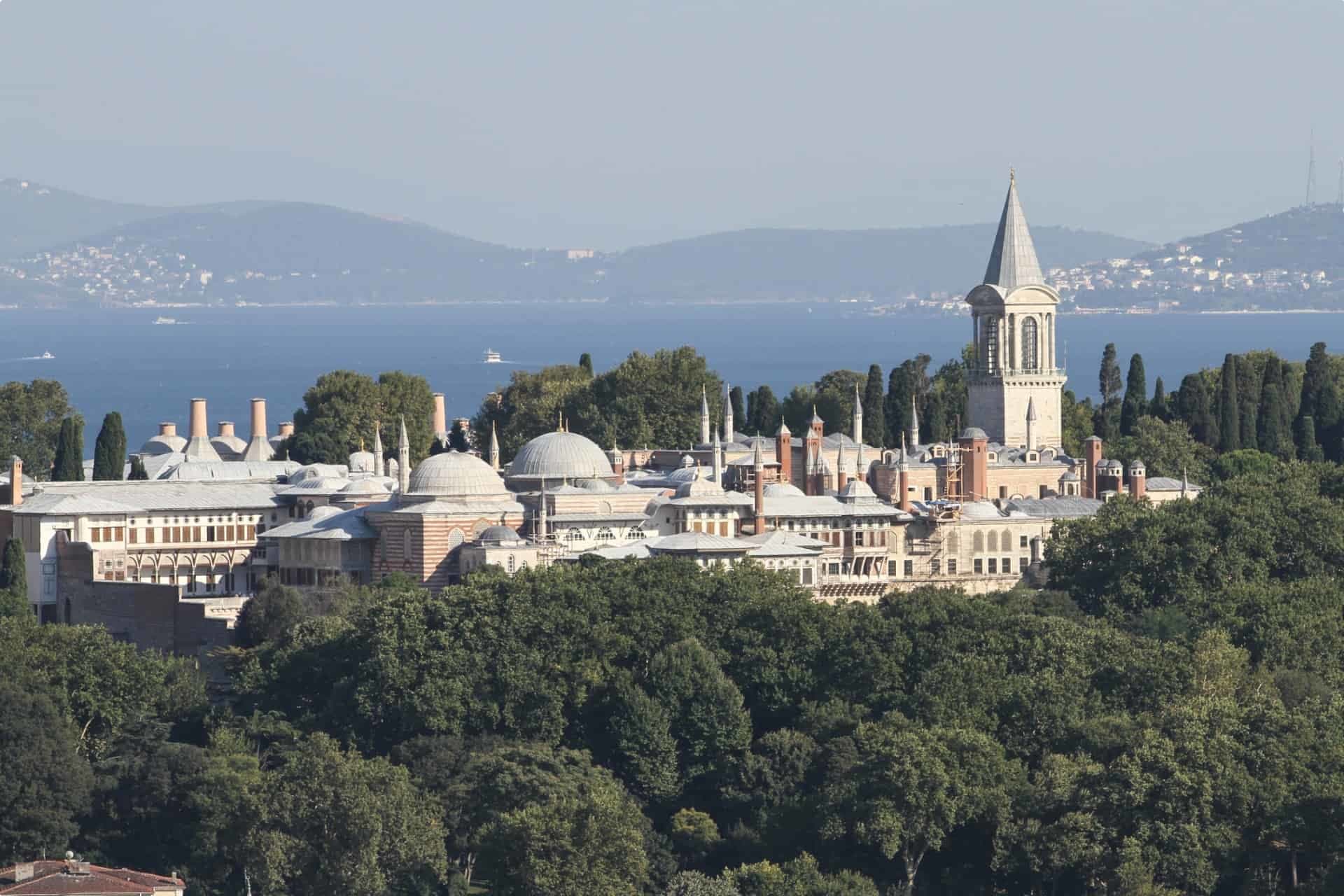
At the time, the Great Palace of Constantinople lay in ruins and the Ottoman court was housed in a palace nearby. They called the newly constructed palace Yeni Saray (“New Palace”) and the old site of the royal court Eski Saray (“Old Palace”, now the site occupied by Istanbul University). In the 19th century, Eski Saray would be renamed Topkapi, or “Cannon Gate”, in honour of the weapon the Ottomans used against the Byzantines. Mehmed II took up residence in Topkapi Palace, which would serve as the administrative centre and residence of the Ottoman Sultan and his court from about 1478 to 1856, when the court moved to the lavish Dolmabahce Palace.
Topkapi Palace
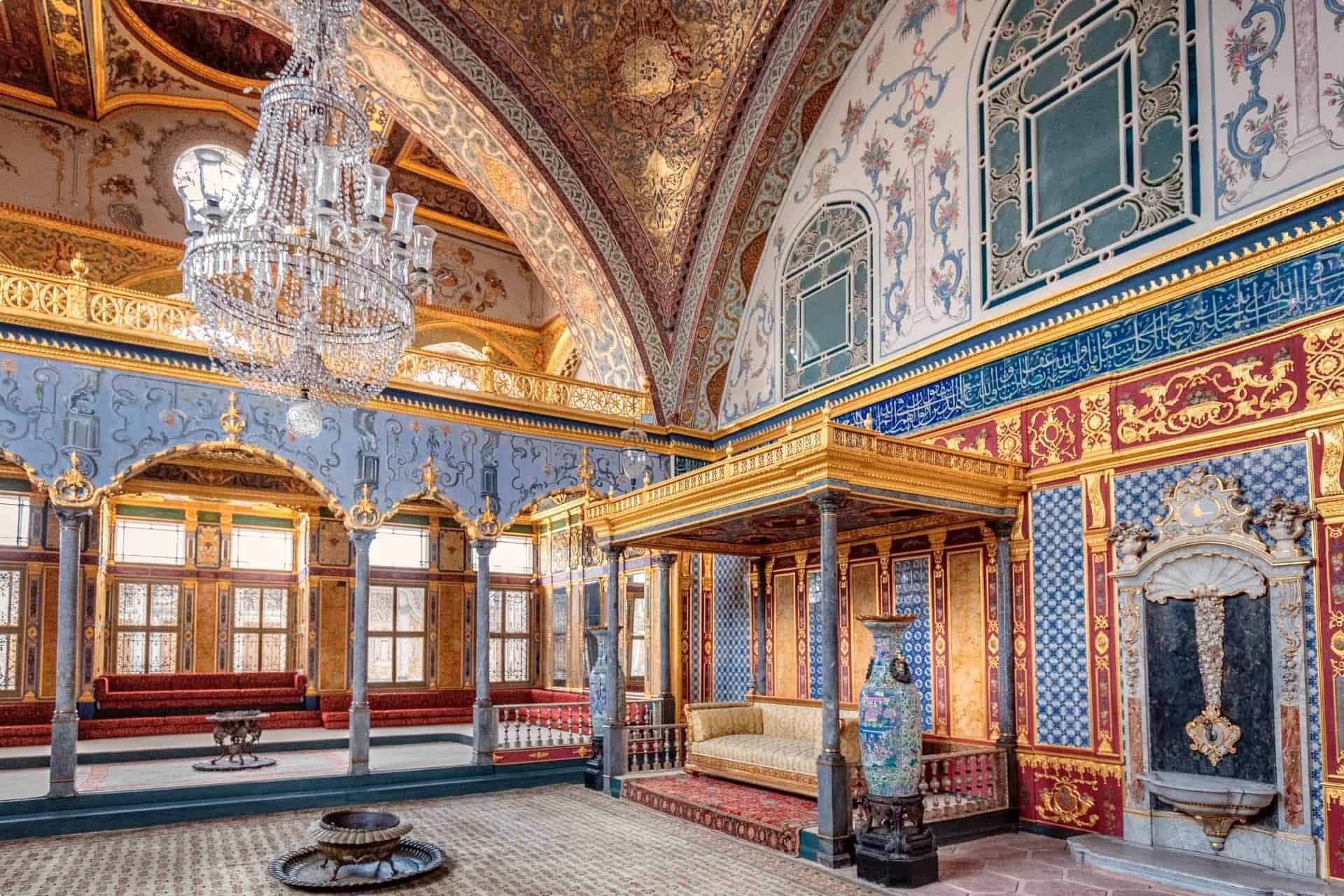
Successive sultans would make changes to the palace interiors, reflecting the tastes and styles of the era, but Mehmed II’s layout remains to this day: four consecutive courtyards surrounded by high walls, separated by a gate that restricted entry.
- First Courtyard – the only public courtyard in the complex, and which can be entered through the Imperial Gate. This was also known as the Court of the Janissaries or the Parade Court as the open space was used for public gatherings and processions. Hagia Eirene, Byzantine church turned Ottoman armory, is in this courtyard.
- Second Courtyard – accessed through the Middle Gate or the Gate of Salutation. Known as Divan Square or the administrative centre of the Ottoman court. Only official visitors and members of the court could enter here.
- Third Courtyard – can be entered through the canopied Gate of Felicity. This space housed the private residence of the sultan, and only the sultan, members of his family, his servants, and the approved visitors could enter.
- Fourth Courtyard – this is an extension of the third courtyard, filled with gardens and pavilions. It houses the Circumcision Chamber and the Iftar Gazebo, which was where the sultan broke their fast during Ramadan.
Harem
The Ottoman harem has long been a source of (Western) fascination, the centre of apocryphal stories about hedonism and debauchery. In truth, the imperial harem was simply the living quarters of the sultan’s family. The term comes from the Arabic “ḥaram” or “ḥarīm“, literally “prohibited or prohibited place”–that is, prohibited to men outside the family as the harem was primarily the women’s quarters–and “sanctuary”. In the 16th century, Murad III had apartments built there and the Topkapi harem became the sultan’s residence as well . The sultan’s sons, daughters, brothers, and sisters also occupied pavilions in the harem.
The only other men in the harem outside the sultan’s family were eunuchs from Africa, probably purchased in slave markets in conquered lands and castrated before puberty. Eunuchs had been a feature of Christian Constantinople (Hughes, 2017, p. 460) and in Muslim Istanbul they guarded and served the women of the harem. To enter or exit the harem, inhabitants had to pass through the eunuch’s courtyard to the Main Gate. The entrance to the harem is under the Tower of Justice on the western side of the Second Courtyard.
Past the Main Gate is the Courtyard of the Queen Mother (valide sultan), the harem’s largest courtyard. The valide sultan ruled the women of the harem and had significant influence over the Sultan and imperial affairs.
According to Islamic law, the Sultan could have four legitimate wives, but he also supported concubines in the harem. Upon entering the harem, the girls, captured in war or recruited within the imperial territories, were schooled in Islam, the Turkish language, and the arts, and promoted based on their looks and abilities. A period of the Ottoman Empire in the 16th to 17th centuries had been described as the “Sultanate of Women” due to the political influence exerted by the valide sultan and the Sultan’s wives (Hughes, 2017, p. 461).
The Topkapi Palace was turned into a museum in 1924, administered by the Ministry of Culture and Tourism. The palace-museum is part a group of sites in Istanbul listed as a UNESCO World Heritage Site in 1985. The museum is open to the public every day except Tuesday–see more information on their official website.
Capturing Vienna
After Mehmed II, Istanbul experienced a period of relative peace and growth, the face of the city continuously transforming through the years as successive rulers, especially Sultan Suleiman the Magnificent, built fountains, palaces, and mosques.
Starting in the 1600s, the Ottoman Empire’s power began to wane and Europe began to rise, strengthened by the discoveries and innovations during the Renaissance and the start of the Industrial Revolution.
Perhaps the first herald of the empire’s waning power occurred in 1529, when for three weeks Sultan Suleiman besieged Vienna, the capital of the Hapsburg Austrian Empire, but failed to capture it.
1529
Capturing Vienna had long been a strategic dream of the Ottomans due to the Habsburg’s control of naval and overland trade routes from the Black Sea, not to mention that it was the centre of a Christian kingdom with control of central Europe.
However, disaster attended Suleiman’s plans from beginning to end. He began his advance with more than 100,000 men from the Black Sea in May 1529, but lost many lives due to the spread of illnesses during the unusually heavy spring rains. He also lost a lot of heavy artillery, as these got stuck in mud and had to be abandoned.
Suleiman reached Vienna in September with a weakened army and damp gunpowder, and was unable to breach the Austrian defenders. He ordered a retreat, which also caused deaths and loss of weapons due to the winter snows that came earlier than usual.
Suleiman died in 1566, but succeeding Ottoman rulers and Grand Viziers continued with their logistical preparations to take over Vienna once again.
1683
Prior to his defeat in Vienna, Suleiman had won a decisive victory at the Battle of Mohács in 1526. In the ensuing chaos, the Hungarian nobles elected two kings simultaneously, dividing Hungary into three regions: the west, or “Royal Hungary”, ruled by the Austrian Ferdinand I of the Habsburgs; the east, including Transylvania (now in Romania), a semi-independent region under Ottoman rule; and the central region, including the capital Buda, firmly under Ottoman control. There were many Hungarians, especially non-Catholic minorities, who sided with the Ottomans as they were rebelling against the Catholic Holy Roman Emperor Leopold I’s Counter-Reformation principles and anti-Protestantism.
In March 1683, Mehmed IV declared war on Leopold I, announcing that he will make himself the Holy Roman Emperor’s “Master, pursue you from East to West, and extend my Majesty to the end of the Earth (Hughes, 2017, p. 474).”
With the support of the Hungarian army, the Ottomans laid siege to Vienna once again in July 1683, hoping for victory. They got closer to capturing Vienna than they did in 1529, capturing the outer fortifications and entering the city’s inner defences. Leopold I and his court had already fled.
Between March and July, Leopold forged an alliance with Poland. At the 1683 Treaty of Warsaw, Leopold and Sobieski promised that they would come to each other’s aid should the Ottomans attack. Sobieski gathered his troops to honour his obligations, but insisted he should not be shouldering the cost of the rescue. The Habsburg monarchy got the support of Pope Innocent XI, who promised Sobieski a large subsidy. The Pope also got the help of Charles of Lorraine. This marked the first time the Polish-Lithuanian Commonwealth, the Holy Roman Empire, and the Habsburg Monarchy in Vienna joined forces.
Lorraine’s and Sobieski’s combined 80,000 men arrived in September, two months after the Ottomans arrived, and drove the invaders away from Vienna in a 15-hour battle, blowing up the Grand Vizier Kara Mustafa’s tent and slaughtering his troops. According to Hughes (2017, p. 481) “the distintegration of the army as it retreated from Vienna also spelt the beginning of the Janissaries’ end.” (The military corps would be forcefully disbanded through massacre in 1826 by Sultan Mahmud II.)
The siege ended on September 12, 1683, with Vienna saved by her allies and the Ottomans once again defeated.
Though causes of the siege went beyond religion (Sobieski, for example, was supported by Muslim Tatars and even Mustafa had Christian soldiers), the Siege of Vienna was often celebrated as “the rescue of Christianity” by the “united Christian armies of Europe”.
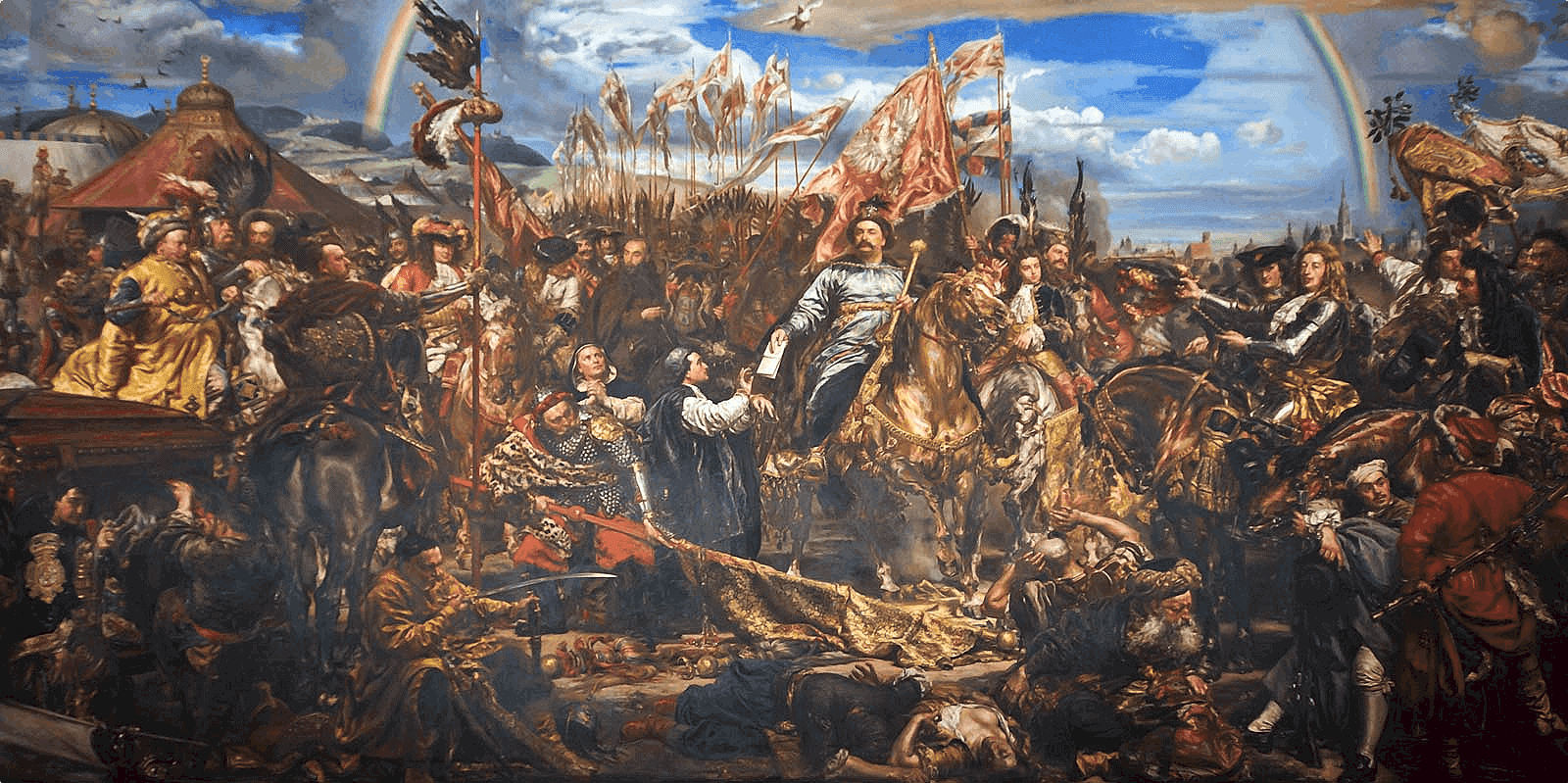
Decline of Empire
In the ensuing war (lasting until 1699) between the Holy Roman Empire and the Ottoman Empire, the Sultan would lose nearly all of Hungary to Leopold I.
Food shortage hit Istanbul and Sultans spent more time in Edirne than in the capital (Hughes, 2017, p. 502). At the beginning of the 17th century, there were as many as 40,000 Janissaries attached to Istanbul, nearly a quarter of the total population. Twenty-five years after the failed Siege of Vienna, the Janissaries continued to sing “rousing songs of the sacrifices” they made “for little thanks” (p.502).
The Ottomans would continue to lose territory in the years to follow. The 20th century would witness the end of imperial Istanbul and the beginning of a modern city serving as capital of the new Republic of Turkey.
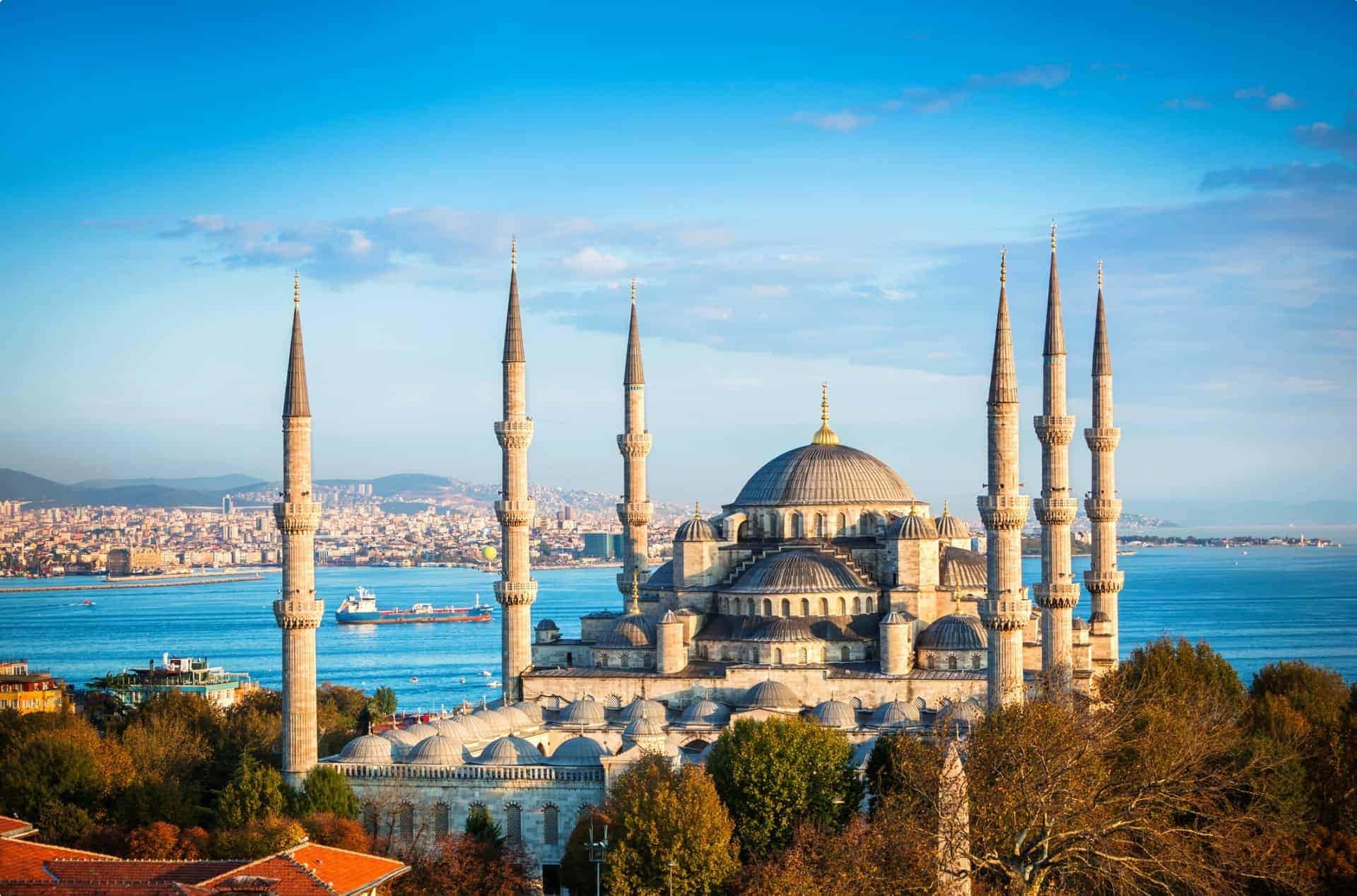
If you want to learn more about Istanbul, do read Bettany Hughes’ A Tale of Three Cities: Istanbul (Weidenfeld & Nicolson, 2017) which covers eight millennia of the city’s history, from Byzantium to Constantinople to Istanbul. Part VII of the book, “Imperial City: AD 1550-1800 (Islamic Calendar 957-1215)”, was used as reference for this article, along with other resources linked throughout this post.
Visit Turkey with Odyssey Traveller
Odyssey Traveller organises cultural tours to Turkey. Our small group takes you on a tour of Istanbul to Cappadocia in eastern Turkey, before winding back up along the west coast. On our journey, you will see many of Turkey’s most important historical sights: the Topkapi Palace, the Hagia Sophia, the Blue Mosque, and the Goreme Open Air Museum. Our trip also includes a walking tour through the ruins of ancient Ephesus. In order to ensure you have a memorable trip, our private tour takes a cruise down the Bosphorus strait and visits the Grand Bazaar of Istanbul.
On our Turkey tour, we provide hotel accommodation along with a number of meals – breakfast, lunch, and dinner – so that you have many opportunities to try the many delicious varieties of Turkish food. In order to ensure an authentic and informed travel experience, our tours are led by an expert tour manager, and joined by an experienced local tour guide at each destination. Click here to see the full itinerary and sign up.
Updated on January 9, 2020 and on April 15, 2024.
Articles about Turkey published by Odyssey Traveller.
- Treasures of the Ottoman Empire
- Turkey: From Anatolia to the Ottoman Empire
- Ten Unimaginable Destinations
- Ten Books for Travellers to Turkey
- Ten Things to See in Turkey
For all the articles Odyssey Traveller has published for mature aged and senior travellers, click through on this link.
External articles to assist you on your visit to Turkey.
- What to see in Turkey in 5 days? (Holidayme.com)
- How to spend 3 days in Turkey (Drifter Planet)
- 10 Days in Turkey: A Travel Itinerary (Map and Magnets)
- How to travel from Istanbul to Cappadocia (Turkey Travel Planner)
Related Tours
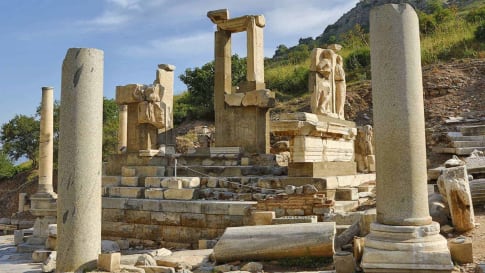
21 days
Apr, AugSmall group tour of Ancient Turkey
Visiting Turkey
As a travel company we seek to keep guests off the beaten path. Trips that are remembered for authentic experiences. Our small group journeys in Turkey are fully escorted by an experienced local guide and an Odyssey guide to give this type of experience whether at one of the many UNESCO World heritage sites explored or local bazaars. It is always about the adventure and memories that we will create.
From A$17,295 AUD
View Tour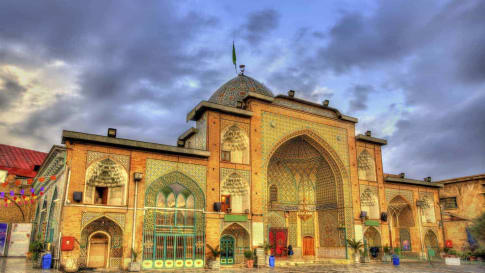
17 days
Sep, Nov, AprIran Culture and History Escorted Small Group Tour for seniors
Visiting Iran
Unlike its neighbours to the west and northwest, Iran had not adopted Christianity and it was the explosive spread of Islam and its ready adoption, without the Arabic language or customs, which helped unite the culture and greatly enrich Persian heritage. This small group tour program includes the great cities of Iran, historic sites, mosques, gardens, bazaars and teahouses for couples and solo travellers.
From A$11,825 AUD
View Tour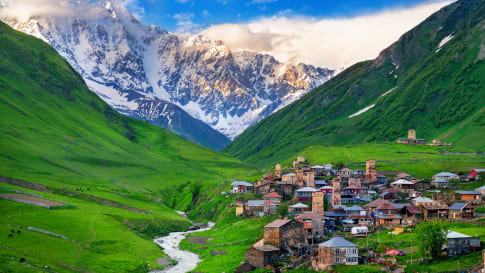
22 days
May, OctSmall Group Tour to the Caucasus | Armenia Azerbaijan Georgia
Visiting Armenia, Azerbaijan
This small group program is designed to give people an opportunity to explore Tbilisi, Baku, Yerevan as well as important monuments, historical and religious sites, diverse landscapes and ancient architecture by visiting the Caucasus Mountains and the lowlands of Armenia, Georgia and Azerbaijan. Led by local English speaking guides, there will be the opportunity to meet local people.
From A$11,835 AUD
View Tour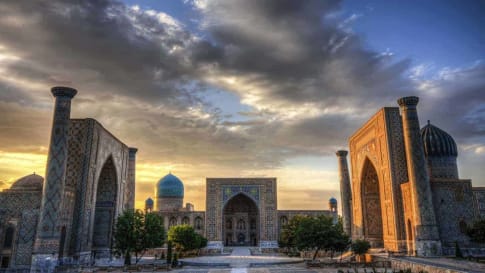
29 days
Aug, May, SepTravel on the Silk Road with Odyssey Traveller | Small Group Tour for Seniors
Visiting China, Kyrgyzstan
The Silk Road is an ancient trade route linking China and Imperial Rome through Central Asia. Few areas in the world remain as unexplored or offer such richness in terms of ancient and modern history, culture, and scenic diversity as Central Asia. Our Small group Silk road tours itinerary explores the Road through remote deserts and mountainous environments as we visit key sites between Xi'an and Bukhara.
From A$18,750 AUD
View Tour
